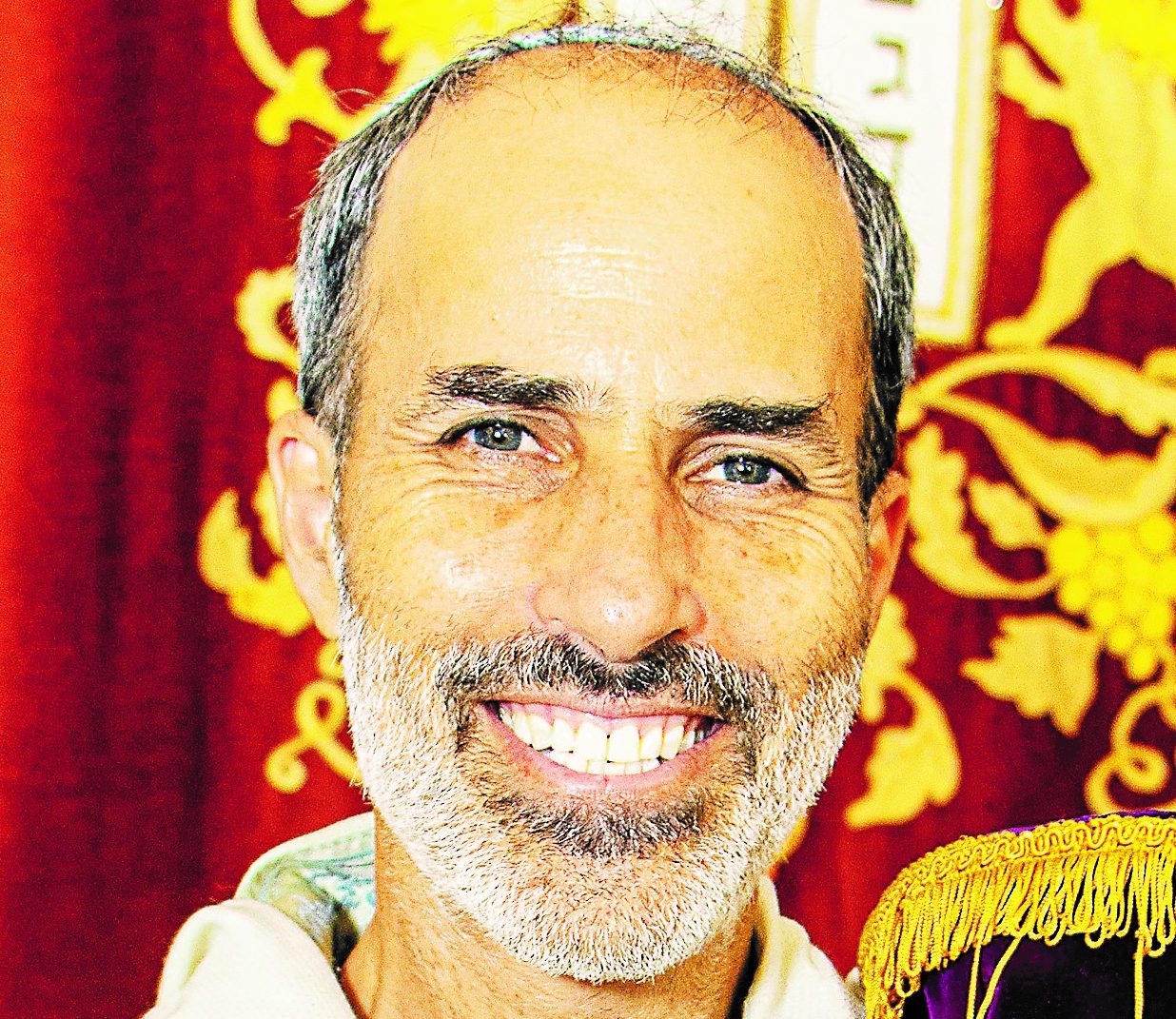click to dowload our latest edition
CLICK HERE TO SUBSCRIBE TO OUR NEWSLETTER


Published
3 years agoon
If you tell anyone that you have heard the voice of G-d speaking to you, they might give you the name of a good therapist. But the festival of Shavuot is a celebration of the moment that the entire Jewish nation heard the voice of G-d. Wow! What did that feel like? What did G-d’s voice even sound like?
Reading the account of it in the Torah, it was a pretty overwhelming – even frightening – moment. The Israelites “saw voices”, “heard lightning”, Mt Sinai was all ablaze (a sight that Capetonians got a taste of only a few weeks ago), and a heavenly shofar called from above the mountain.
Some commentators understand that it was so overwhelming, the Israelites fled and heard only the first two commandments – the rest were taught to them by Moses. In fact, one Chassidic master understood that all the Israelites heard was the first letter of the 10 utterances, the letter aleph (Rebbe Menachem Mendel of Rimanov – 1745-1815).
What did that voice sound like? Can you imagine it? Did it sound like James Earl Jones (deep and gravelly)? A whisper? Was it like thunder or wind? When I lived in London in the late 1990s, I was part of the programming team for Limmud UK, and we brought out Rabbi Everett Fox as a presenter. Rabbi Fox is an internationally prominent scholar from Brandeis University in Boston. He had recently published a fantastic new translation and commentary on the Torah, and we were excited to have him at Limmud.
I still remember one of his sessions, which was on the film The Prince of Egypt that had come out that year. It’s a big budget, animated version of the Exodus story made by DreamWorks Animation with A-list movie stars like Helen Mirren, Ralph Fiennes, and Michelle Pfeiffer doing the voiceovers.
What made it newsworthy was that it was the first big Hollywood treatment of the story since the classic 1956 Cecil B. DeMille The Ten Commandments, and Rabbi Fox was one of the consultants to the studio on the project. He showed us clips from the film, and talked us through some of the decisions that the filmmakers had consulted him on when they had to make “theological” statements in their portrayal of events from the Bible.
When we got to the burning bush scene, Rabbi Fox explained that the director had a dilemma. How to portray the voice of G-d? Charlton Heston had famously done the booming voice in 1956, but the director felt that they needed something less gendered and patriarchal in their film. They experimented with a female voice, but it felt too contrived. They tried to mix a male and female voice, but it sounded too weird. Eventually, they used the voice of Val Kilmer, the actor who plays Moses himself, and mixed in the whispered voices of other actors playing his family and friends.
You might say that this is a humanistic take on G-d, and that it implies that it’s just a voice in our head and not divine. But Rabbi Fox taught the text he showed the filmmakers from a rabbi 1 500 years ago in Eretz Yisrael who explained it like this:
“Rabbi Yochanan said, ‘When G-d’s voice came forth, it split into seventy voices in seventy languages, in order that all of the nations would hear it.’ How did the voice go forth? [It came] to every Israelite according to their strength – to the elders, to the young adults, to the minors, to the children, to the women, each according to their strength; even to Moses according to his strength, as it is said, ‘Moses spoke, and G-d answered him with a voice,’ (Exodus 19:19) a voice that Moses could bear. (Sh’mot Rabbah 5:9)”
G-d didn’t shout or boom. G-d used a voice that each could hear in their way.
Why can’t we hear that voice today? Well, many spiritual leaders of many faiths would assure you that you can. And many rabbis would agree. Take the Chassidic master, Menachem Mendel of Kotzk, who was asked the following question: “Why is Shavuot called zman matan Torateinu (the time the Torah was given) rather than ‘the time we received the Torah’?” He answered, “The giving took place on one day, but the receiving takes place at all times.”
Yes, the revelation at Sinai was a once-in-history event. We are still learning about and processing what happened and what we can learn from it. For that, we have the Torah and 2 000 years of commentaries from the wisest minds of our people.
And yet, every day, every moment, there is an opportunity to hear that voice anew. And there is none better than the festival of Shavuot when we read, “and G-d spoke”, but the challenge to us is how to hear it.
Some hear it from the heavens, some hear it within, some in the call of the wild, and some in cries for help or justice. Some in the sleeping face of a newborn child or the look of their lover. Wherever you hear it, may you have a chag sameach!

David Grant
May 13, 2021 at 5:37 pm
How beautifully said.